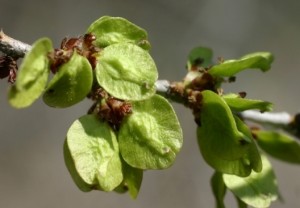Don’t make the cure worse than the disease when dealing with pests in the garden. There are a variety of ways to keep pests from totally destroying our gardens without having to apply poisons that will harm ourselves and our natural friends the  predatory and pollinating insects.
predatory and pollinating insects.
The first thing that one should do is become more tolerant. Learn to tolerate some level of damage to our plants and produce. If we do this, we find that we aren’t so eager to reach for the chemical warfare agents at the first sign of aphids or snails. Combine this more tolerant attitude with regular monitoring of your plants to see if they are being attacked by anything. Quite often our vegetable plants will not be bothered by pests. If they are being eaten by something, try to determine what is eating them before taking any steps to protect them. Tomatoes aren’t usually bothered by pests, except for the tomato horn worm, and while these can do a lot of damage in a short period of time, it is usually only one or two of them at a time and they are pretty easy to locate and destroy by hand. Each of the so called cut-worms is about as big as an adult man’s index finger, and though they are green they are pretty easy to spot, catch and smash.
Earwigs and snails are two other types of pests that can do some damage to our vegetable plants.
Snails are the biggest threat as plants are just emerging from the ground. For the last five years or so every time I plant a hill of cucumbers, squash or melons I cover the hill with a little cage I made out of ¼ inch hardware cloth. That is like window screen but with bigger holes. The cages are about 6-8 inches tall and about 8-10 inches in diamater. They can be used year of after year to keep your little seedlings safe from snails until they are big enough to survive without protection. You can also put out a bowl with a little beer or sugar water for the snails to drown in. Putting the rinds from halved cantaloupes with the open side down where snails are a problem will cause snails to gather inside, making it easy to dispose of them.
Earwigs can cause significant damage to some crops. One non toxic way to keep them under control is to put soup cans with about an inch of cooking oil in the bottom so that the earwigs can crawl in and be trapped. I have had a small soup can get half full with earwigs within two months.
For more information regarding pesticides and alternatives, visit: http://www.beyondpesticides.org/








